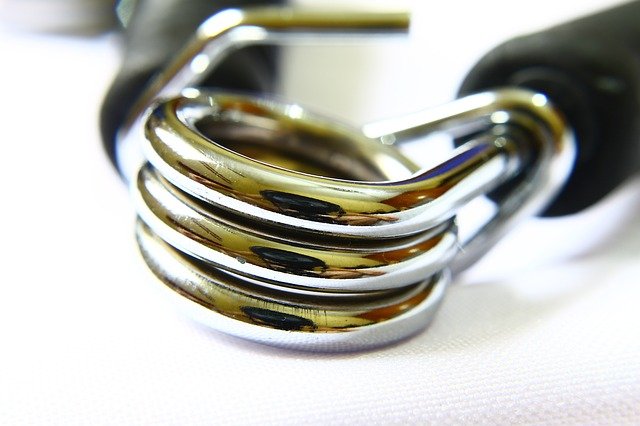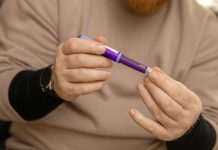
Type 2 diabetes can influence body health in many ways.
For example, people with type 2 diabetes tend to have more skeletal muscle loss and reduced muscle function when they get old.
This is because the disease affects patients’ physical activity, diet, insulin resistance and oxidative stress.
To prevent loss of muscle functions, early screening and detection are very important.
One important way to screen muscle function is testing handgrip strength. Recent research has shown that handgrip strength is related to heart health.
For instance, one study from Queen Mary University of London shows that hand grip strength is a simple measure of heart function.
By asking people to grip a device called a dynamometer for 3 seconds, the scientists could determine someone’s grip strength and compare this to detailed scans of their heart.
So, do people with type 2 diabetes always have weak handgrips?
A recent study published in Clinical Nutrition Research answers this question. Researchers tested a total of 415 people from public parks on the weekends. These people had an average of 45 year.
All people finished a questionnaire and self-report of their type 2 diabetes. The researchers also measured each person’s weight, height, BMI, arm circumference, mid-arm and calf circumference and handgrip strength.
All people’s blood sugar levels were measured by portable monitor analysis.
The team found the diabetic patients had higher BMI, age, blood sugar levels and lower handgrip strength.
It seemed that a lower handgrip strength was linked to type 2 diabetes, but this association was gone after the researchers controlled the gender factor.
So, what does this mean?
The researchers explained that low handgrip strength is not a diabetes thing. Since all the participants were recruited from public parks, they are likely performing at least a modest amount of daily physical activity.
The modest physical activity may protect these people from muscle loss caused by type 2 diabetes and aging.
Other studies have shown that Thus, it is suggested that more active lifestyle would lead higher handgrip strength and lower risk of type 2 diabetes.
It is important to see that this study does not say anything about the causality between muscle weakness and type 2 diabetes. Such a causality relationship needs further research.
If you have type 2 diabetes, try to do daily physical activity at least at a modest level. This will protect your muscles and keep you strong when you are old.
Copyright © 2018 Knowridge Science Report. All rights reserved.



